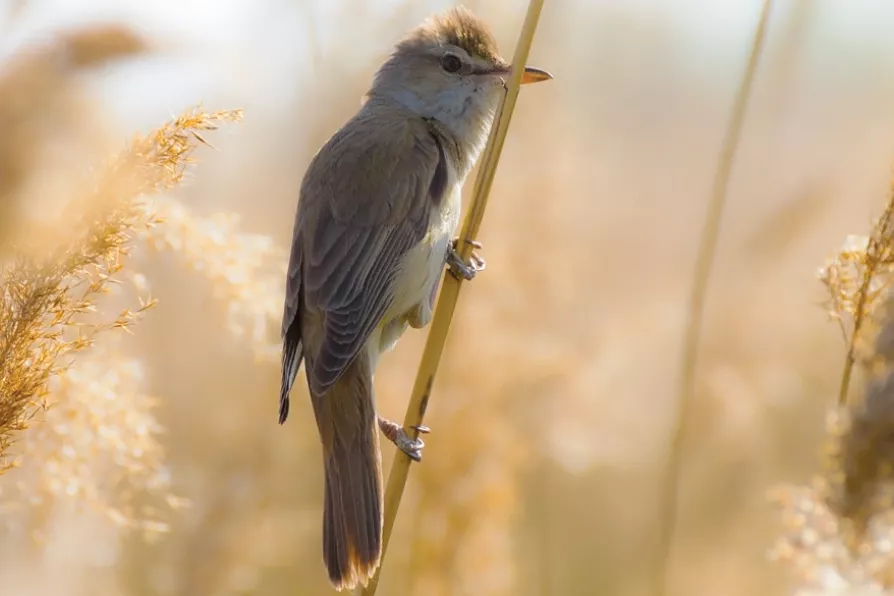Labour’s persistent failure to address its electorate’s salient concerns is behind the protest vote, asserts DIANE ABBOTT

 The Great Reed Warbler
[Eugene Stolyarov/Creative Commons]
The Great Reed Warbler
[Eugene Stolyarov/Creative Commons]
IN A column a few weeks ago, we wrote about new research into the migration patterns of peregrine falcons.
Falcons prey on small birds. But some of these small birds have long migrations of their own. This week, new research reports a remarkable finding about a small songbird, the great reed warbler.
These birds weigh less than a slice of bread but must migrate long distances, from breeding sites in northern Europe to spend winter in tropical Africa. Two times a year, they cross barriers of sea and sand: the Mediterranean Sea and the Sahara Desert. Whereas normally they fly at night and rest in the day to shelter from predators, over these barriers they fly non-stop – due to the lack of food and shelter at ground level.
Previous research had identified this change of behaviour. It was also known that during the night, the birds typically flew quite high above the ground. But when the team of researchers analysed the information from the geolocators they had fitted to 14 individual warblers, they were shocked.
During the night, the warblers flew as expected, around 2km (1.2 miles) above the ground.

ALEX DITTRICH hitches a ride on a jaw-dropping tour of the parasite world













